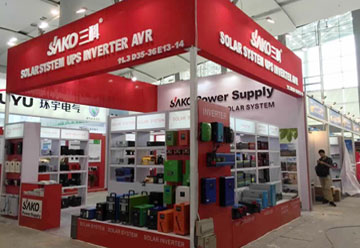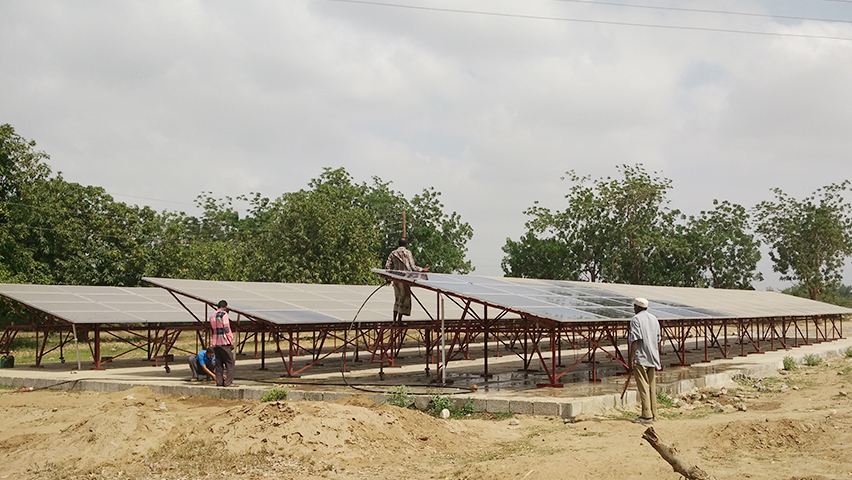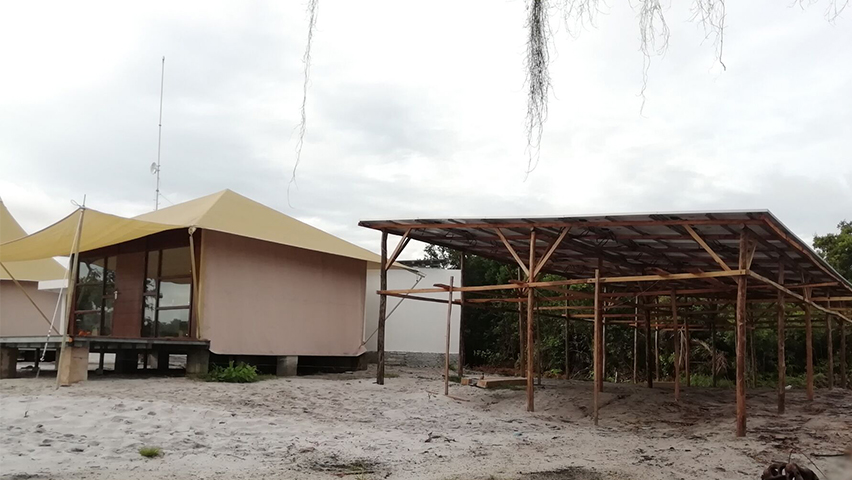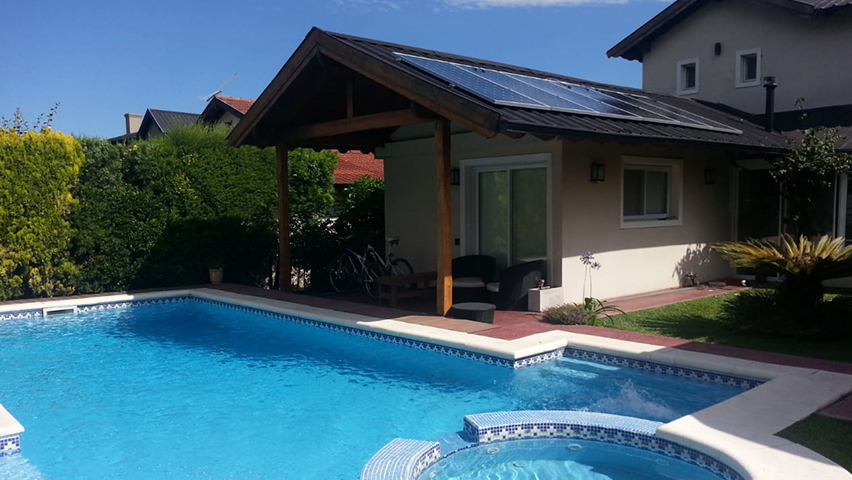The article introduces readers to the solar pump system, an alternative electrical energy source. The article discusses how the system works and its benefits.
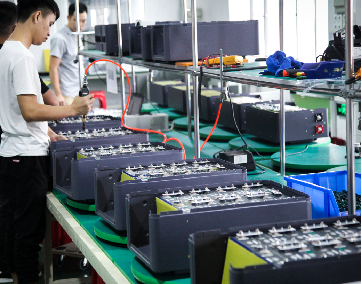
What is a solar pump system?
A solar pump system uses a pump that uses sunlight to convert energy into motion. Solar pumps can move water, wastewater, or other liquids and gases. They can be used in remote settings where electricity access is impossible.
When installing a solar pump system, it is important to consider the application’s specific needs. For example, a solar pump system may be more efficient if it is used to move water rather than wastewater. Additionally, a solar pump system should be sized appropriately for the task.
Generally, any solar pump system will require a power source (such as batteries or an electrical connection) and an installation location that receives sunlight (such as on the roof or in direct sunlight). The size and type of solar panel will also determine the energy required to operate the pump.
How does the solar pump system work?
A solar pump system uses the sun’s energy to create a flow of water or other fluid. This can be used in places without access to an electrical grid, such as remote villages or farms. The basic principle behind a solar pump system is simple: a small fan draws air over a closed container filled with liquid. The air is heated by the sun, and this heat drives the liquid up through the fan. The rising liquid then pushes the air out of the system, and the cycle continues.
There are many different types of solar pumps, each with advantages and disadvantages. One common type of solar pump is the ground-source heat pump (GSHP). GSHP systems use the earth’s thermal energy to drive cool water or other fluid flow. This type of solar pump is particularly effective in areas with abundant sunlight, such as deserts or rural areas. GSHPs are also relatively efficient, meaning they use a comparatively small amount of energy to produce a flow of fluids.
Another common type of solar pump is the water-wheel pump. Water-wheel pumps use wind power to drive a wheel rotation filled with water. As the wheel rotates, it causes the water.
The benefits of a SAKO‘s solar pump system
A SAKO’s solar pump system can provide many benefits over traditional water pumps. For example, a solar pump system can be used to power irrigation systems, hydroelectric plants, and even aquariums. Additionally, a solar pump system can be operated remotely, which can be helpful in areas with limited access to electricity.
What are the best points of a SAKO’s solar pump system?
There are several great things about installing a SAKO’s solar pump system, but here are just a few:
SAKO’s Solar pump systems are environmentally friendly and create no emissions.
They’re reliable, durable, and efficient.
They’re relatively easy to install.
Conclusion
A solar pump system can be a great investment for your home or business. So if you’re considering investing in a solar pump system, contact the customer center of SAKO to get more information.

